New Alternative Education Campus Works To Shift Student Learning Experiences
Key Points
-
The school has identified over 100 local partners and is challenging teachers and students to connect with these partners and create projects around addressing real world local problems and needs.
-
Farber created a way to both organize and brand some project pursuits. It’s called SHIFT which stands for Sustainability, Housing, Innovation, Food and Technology
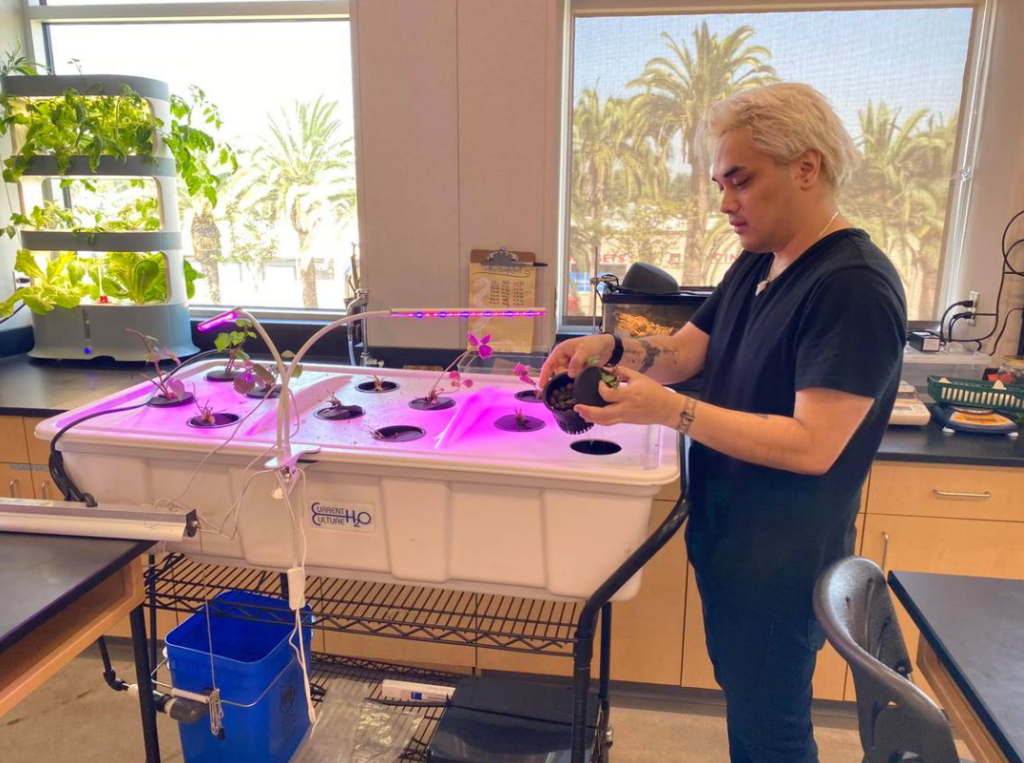
Like many terms in education, Alternative Education has been used to define any number of learning environments. For some, it’s about a student-centered educational model that provides specialized instruction designed to meet the needs of students who may not thrive in a traditional school setting. Still, for others, it may conjure up less than romantic images of students being relegated to a set of portable classrooms out on the back forty. The truth is that it’s probably both and everything in between.
This is why a new alternative education program in the central valley of California is trying to redefine what alternative education means. The Farber Educational Campus opened this past fall and is already creating new opportunities for a diverse group of students.
The campus features three distinct programs. They are Farber Online (K-12), Farber Independent Study (9-12) and Farber Credit Attainment (9-12). The new state-of-the art campus was built on what used to be a juvenile detention facility that had been closed years ago.
“It was a place where dreams went to die,” said Farber Principal Carson Wood. “Now, it’s going to be a place where dreams are born.”
According to Wood, the initial vision of the school was to be a place where students collaborated with local officials, experts and partners in order to address real local problems in the community. That original vision has spawned a foundation for Farber centered around civic engagement, problem and project-based learning and community collaborations.
Civic Engagement
The school has identified over 100 local partners and is challenging teachers and students to connect with these partners and create projects around addressing real world local problems and needs. Currently, Farber has partnered with the Civic Education Center and has 12 teachers in a focused civic engagement cohort. Current projects include, but are not limited to topics such as Gang Violence, Food Insecurity and Food Deserts, Racism, a Student Bill of Rights, Mental Health and Trauma, Affordable Housing, Domestic Violence, Crime, Local Water Quality, Owl Protection and Invasive Plant Impact on the Environment. (See a list of the school’s partners here.)
SHIFT
Farber has created a way to both organize and brand some project pursuits. It’s called SHIFT which stands for Sustainability, Housing, Innovation, Food and Technology. The intention here, according to Wood, is to see if they can connect projects to these topics.
“Teachers can opt in anytime and work to develop projects addressing real world problems that connect to SHIFT,” said Wood. “This is a way for teachers and students to connect to an overarching project community. Our community partners embrace this and there are endless projects and problems that one can connect to those topics.”
Teachers interested in innovation and creativity have embraced the concept.
“I think that SHIFT is an amazing approach and opportunity for students to gain authentic, hands-on learning experiences. Often, our students are dismissed because they attend an alternative school,” said Science Teacher Jadrian Ejercito. “However, our students have so much to offer our community and I think this goes a long way in supporting our students and recognizing their achievements.”
Ejercito has connected SHIFT to a Hydroponics Program he has started that has students growing food in class, as well as designing their own hydroponic systems.
“Through our SHIFT model at Farber, students can cultivate the seeds for a brighter local community and beyond,” said Wood. “This is where thoughtful design of projects and problem-solving ideas can build a civic-centered community in the Central Valley.”
Career Technical Education
Students can participate in four different CTE programs including Cyber Security, Logistics, Multimedia & Video Production, and Public Safety. The Logistics Programs is one of the few high school programs in California and the only in a five county area in the central valley.
This new program has already established itself as a unique and powerful learning environment. As an example, instructor Jonathan Hinojosa uses the 10,000 square foot warehouse and the program to support work around food insecurity by partnering with the Central California Food Bank. Currently, the students facilitate a monthly full choice food pantry, as well as support five elementary schools food programs. Students receive bulk food orders, do inventory, fulfill orders and support delivery.
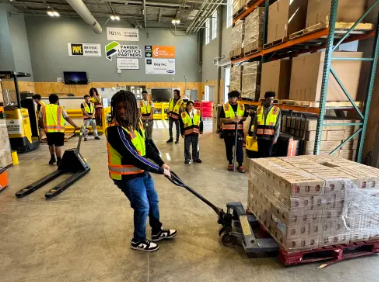
“Our students are getting hands-on and professional experiences while also learning how to connect with and support the community,” said Hinojosa.
In addition to the food bank, the program has also partnered with industry professionals such as Amazon. Currently, Amazon is developing an apprentice type program with Farber. It is being called the Amazon Future Leaders Program. Once finalized, Hinojosa said this will be the only like this in the country and will serve as a model for all.
“Students who complete our Logistics Program and Amazon’s pre-employment program would be eligible and would start at Amazon on a two-year employment plan,” said Hinojosa. “As an added benefit, they would also be eligible for Amazon’s college program that pays for college after 90 days.”
Just Getting Started
Principal Wood admits that the school and its three programs are really just getting started. “We have a great vision and truly unique opportunities here,” he said. “Now, it’s up to us to fully realize our vision and potential. Our students deserve it.”
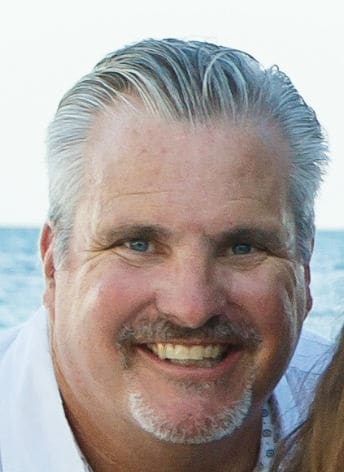


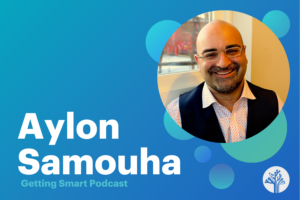
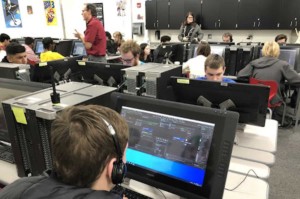
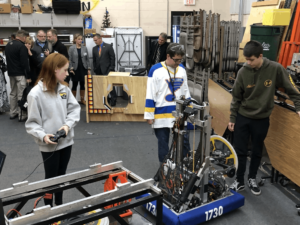
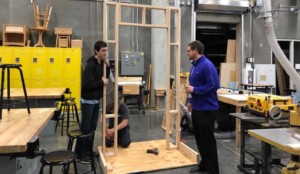

0 Comments
Leave a Comment
Your email address will not be published. All fields are required.